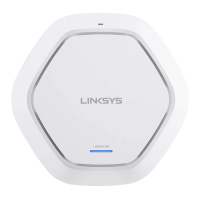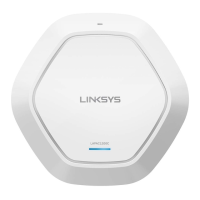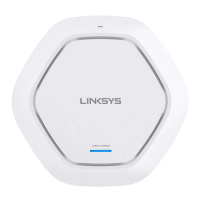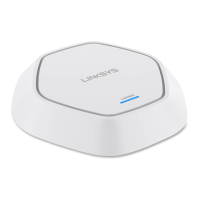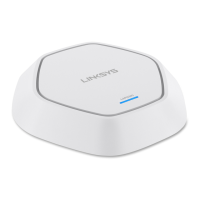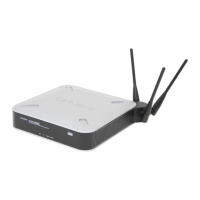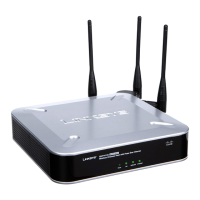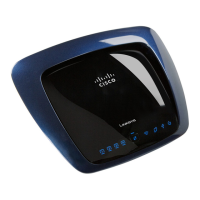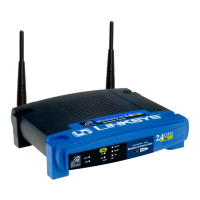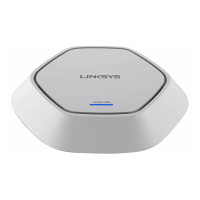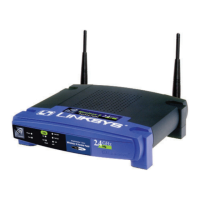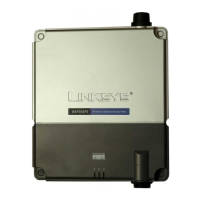WPA-PSK
In WPA-PSK, like WEP, data is encrypted before transmission. WPA is more secure than WEP. The
PSK (pre-shared key) must be entered on each wireless station. The 256-bit encryption key is
derived from the PSK, and changes frequently.
WPA2-PSK
This is a further development of WPA-PSK, and offers even greater security, using the AES
(Advanced Encryption Standard) method of encryption. It should be used if possible.
WPA-Enterprise
This version of WPA requires a RADIUS server on your LAN to provide the client authentication
according to the 802.1X standard. Data transmissions are encrypted using the WPA standard.
If this option is used:
•
The access point must have a client login on the RADIUS server.
•
Each user must have a user login on the RADIUS server.
•
Each user's wireless client must support 802.1X and provide the login data when
required.
All data transmission is encrypted using the WPA standard. Keys are automatically generated, so
no key input is required.
WPA2-Enterprise
This version of WPA2 requires a RADIUS server on your LAN to provide the clientauthentication
according to the 802.1X standard. Data transmissions are encrypted using the WPA2 standard.
If this option is used:
•
The access point must have a client login on the RADIUS server.
•
Each user must have a user login on the RADIUS server.
•
Each user's wireless client must support 802.1X and provide the login data when
required.
All data transmission is encrypted using the WPA2 standard. Keys are automatically generated,
so no key input is required.
117
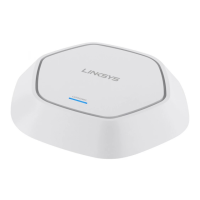
